How Online STEM Classes Are Creating the Next Generation of Global Innovators

Science, technology, engineering, and mathematics (STEM) education has long gone beyond traditional classrooms. The explosive growth in online STEM classes has begun revolutionizing the way students gain knowledge, making world-class learning opportunities accessible to everyone with internet connectivity. Such programs are disintegrating regional and economic boundaries so that students of all backgrounds get the chance to be exposed to and thrive in other subjects that the future depends on.
The uniqueness of online STEM classes is the enriched interaction created between flexibility and interactivity. The students are not only receiving information as facts via the live sessions and virtual labs, simulations, and projects, but the learning is experiential, and students are using the concepts in a problem-solving manner. This practical, imaginative practice will foster critical thinking and innovativeness, and also equip the learners to fit and survive in a world where technology and science change at lightning speed.
Not only academic capabilities, but online STEM learning is building the mentality of innovators of the Shared World. These programs have the potential to support students with the necessary competency to survive in a global economy since they embrace the aspects of creativity, resilience, and practical problem-solving in the real world. When building sustainable solutions, learning about new technologies or even working with colleagues on the other side of the planet, the current generation of STEM students is becoming prepared to take the reins in solving the problems and embracing the possibilities of the future.
The Rise of Online STEM Classes - A Global Movement for Innovation in Education
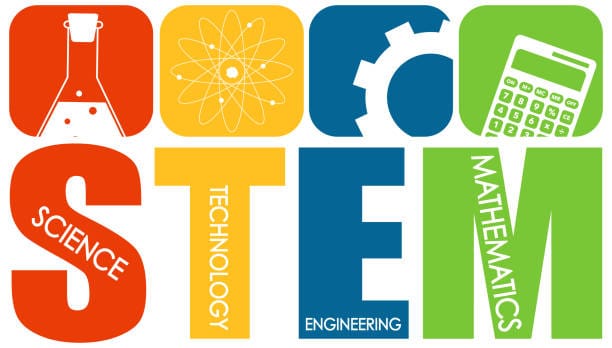
Online STEM education is also valuable as it is flexible and practical at the same time. Students will be in a position to consume knowledge at their own rhythm, refer to complicated topics as required, and research issues that cannot be covered in the regular curriculum of a school. Whether they are coding a mobile app, doing a virtual chemistry experiment, or designing an engineering prototype, the interactive character of the courses keeps learners glued to their screens, while also giving them sneak peeks into the real-life usage.
A global classroom experience is also a significant benefit. Students of different nationalities, cultures, and backgrounds commonly join online STEM classes, and this cooperation resembles the current interdependent workforce. These group projects and discussion forums impart upon learners skills in both communicating and working effectively in cross-national groups, since learners are also made to share different points of view as provided, and this is an important asset to innovation in a global economy.
Furthermore, these are not only classes where students with an interest in becoming scientists or engineers—they are training students in skills that are transferable to other career paths. These are desired skills that are attractive in any industry, including problem-solving, logical thinking, interpreting data, and creativity. Online programs are making sure students gain a competitive advantage when entering higher education and the workforce by getting them involved in STEM challenges at a younger age.
Why STEM for Kids Matters in the Digital Age
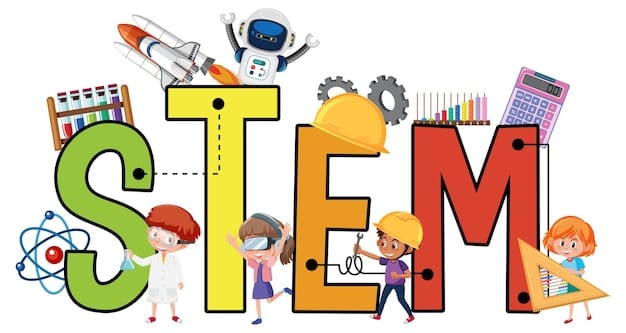
In a society that seems to be becoming more technical by the day, it is more and more a necessity to make our children study STEM. Whether it is coding and robotics, environmental science and artificial intelligence, STEM subjects can provide the young learners with the requirements not only to survive but to create a new world. Such fields develop logical thinking, creativity, and adaptability, which are becoming the essential skills in almost any industry.
Exposing students to STEM subjects earlier exposes them to a problem-solving mindset, which has extensive benefits that extend well beyond schoolwork. Through experimenting, testing, and reiteration, they become an experimental learner and learn to embrace challenges and tackle obstacles with resilience. As they construct a robot, develop a mobile app, or examine climate data, kids learn how knowledge itself can be used to generate viable solutions to real-world problems.
In addition, STEM learning for kids develops lifelong learning and curiosity. This is because, even as the pace of technological change continues to reach new levels, flexibility and new skills will lead to success in the coming times. It is through the inculcation of STEM values and concepts at an early age that we not only equip children with the skills needed to secure employment in the future, but we also enable them to become the innovators, leaders, and agents of change that any fast-changing world requires.
Key Benefits of Online STEM Classes for Science and Tech Learning

Online STEM courses are transforming the face of teaching science and technology with a deeper and more flexible learning experience like never before. Instead, students are to actively explore the concepts by interactively receiving the teaching through the use of lessons, simulations, or project-based learning. Such a transformation of the process of rote learning to one based on the application of knowledge makes STEM subjects more real and motivational.
With the use of digital tools alongside tested learning strategies, these courses also accommodate modern students who live in a world that goes at a rapid pace and use technology regularly. The overall impact of a combination of multimedia, team assignments, and individual types of feedback makes the environment, where not only the knowledge will be reinforced but also the dreams, innovative ideas, and problem-solving skills, so important in the 21st century, will be cultivated.
1. Personalized, Flexible Learning Experiences
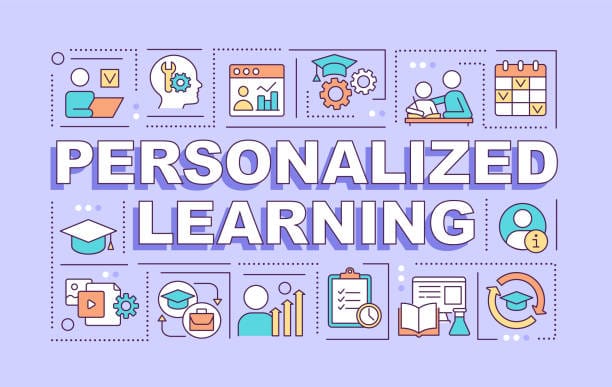
Online STEM classes are more flexible, which enables students to create their own learning experience depending on the pace, interests, and goals. Digital platforms allow a learner to make decisions on whether they are interested in spending more time learning a complicated topic, or they can rush forward to learn new technology. Such flexibility means that students will not feel pressured or unadvanced, which makes the study process more stress-free and productive.
In addition, this individual treatment can accommodate various learning styles because visual learners may use video guides, auditory learners may modify interactive discussions, and kinesthetic learners can enjoy digital simulations with their hands. STEM education can be more engaging and accessible to a diverse range of students due to the flexibility of choosing the time, methods, and pace of learning.
2. Fostering Innovation in Education and Critical 21st Century Skills

Online STEM education does not just extend to teaching subject content but also to developing transferable skills that would then be relied upon in later occupations. The problem-based learning involves getting students to think, inquire, and come up with new ways of solving problems; it is not a scenario where students know the answer to a given question. Video conferencing and shared digital workspaces help group collaborations, which involve teamwork and communication skills that are emulated in real-world professional settings.
Such a skill-building strategy is also conducive to the development of resilience and adaptability, which are increasingly important in the rapidly changing labor market. The interaction of students with peers from different backgrounds equips them with how to negotiate through various views and cultural dimensions, leaving them ready to work in any international group, as well as handle a complex situation without fear.
3. Real-World Application and Practical Projects
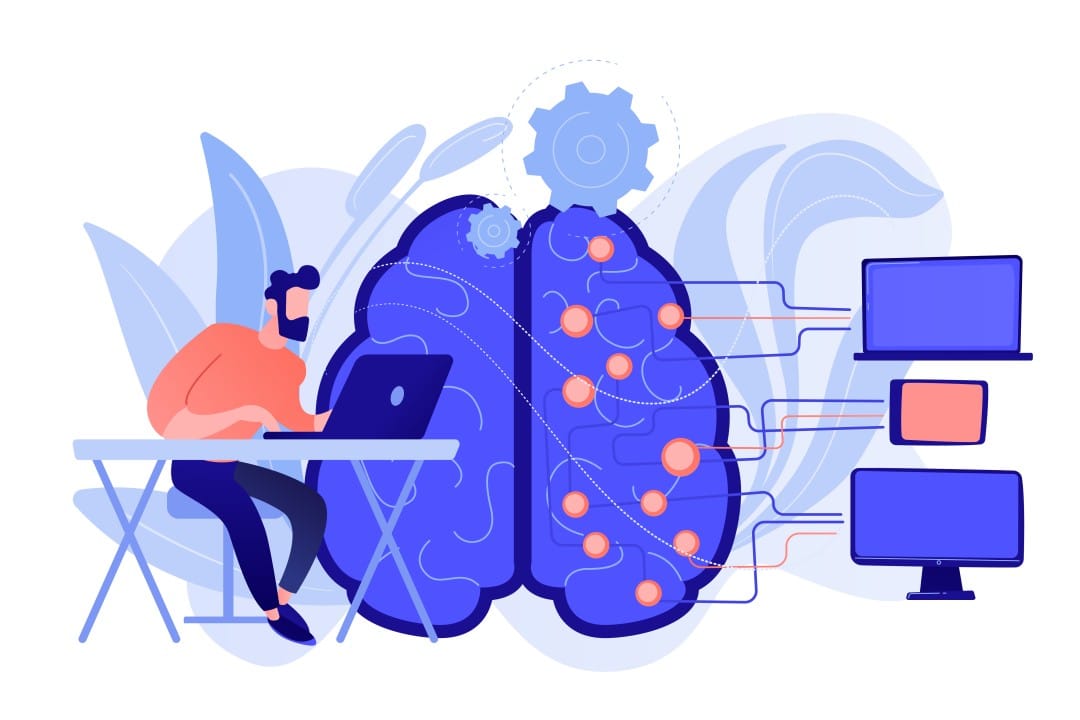
Among the most interesting features of online STEM courses is the incorporation of practical projects that lead towards theory and its practical implementation. Pupils could be programming an application, creating a three-dimensional model, or running a virtual experiment that duplicates conditions of a real laboratory. Such experiences render the learning process more sensible, because students can instantly learn how theoretical calculations are applied to practical outcomes.
The kinesthetic learning style also helps to gain more knowledge about STEM principles. The process of construction, experimentation, and iteration in their projects enables learners to acquire problem-solving skills and learn to adopt trial and error as creative parts of the process. This is the reflection of the process of innovations occurring in the real industries, which provides students with an advantage in acquiring skills on a professional level.
4. Expanding Access to Global STEM Education
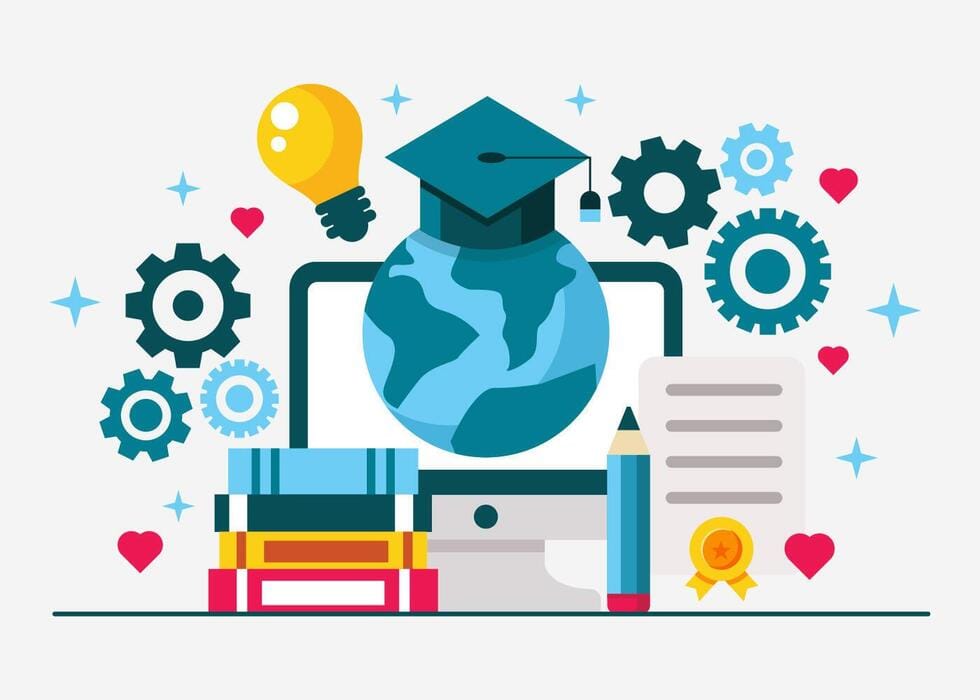
Steam online platforms have erased the geographical boundaries, and quality science and technology learning has been able to reach students wherever they are. A kid in an obscure village can now have the same lessons, facilities, and professional advice as a student in an elite city school. This democratization of learning extends beyond equalizing the playing field, and it also expands horizons as it brings learners from various parts of the world into contact with one another.
Such international networks are associated with enhancing the learning process by promoting international cooperation. Students communicate with each other, participate in multinational projects, and learn to believe in different opinions. By so doing, they acquire both cultural intelligence and communication skills that are essential in succeeding in a globalized global economy that is driven by innovations.
How Online STEM Classes Shape the Next Generation of Global Innovators
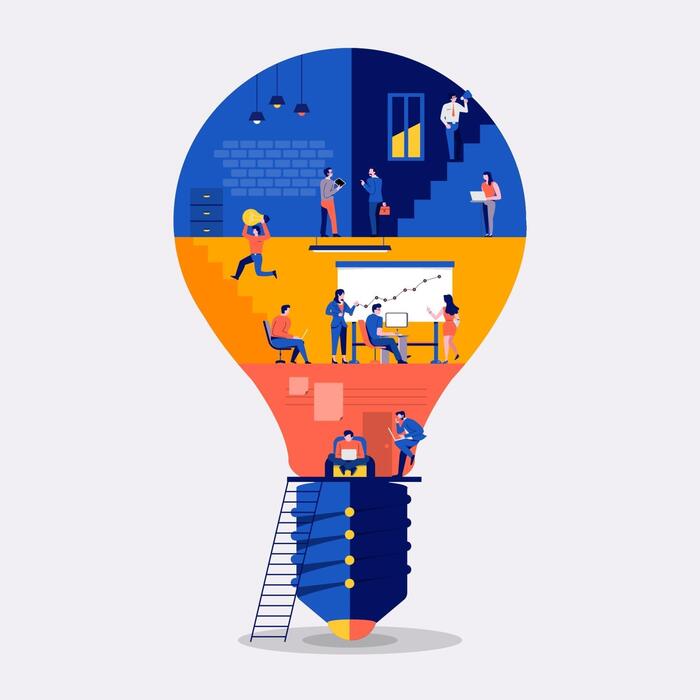
Online STEM courses not only teach academic topics but also have a culture of innovation as early as childhood. These programs give students a taste of sharp technological innovation and a way to look beyond the classroom and envision how things can be done. Ranging from programming AI-based devices to the process of investigating renewable energy cycles, students have their chances to develop, experiment, and perfect their ideas that would be used to solve the existing issues someday.
It is also highly valuable that these classes lead to the development of a global worldview. Students are not only receiving information about science and technology but also engaging in dialogues with global peers and mentors. Such an experience with various opinions allows them to approach international issues like climate change, healthcare inequality, and the necessity of space travel from different perspectives. Consequently, they are in a position to make valuable contributions in such fields as clean energy, artificial intelligence, advanced robotics, biomedical innovation, etc., and become those problem-solvers and leaders who will define the next generation.
Overcoming Challenges in Online STEM for Kids

Online STEM courses open up possibilities that never existed before, but online classes do not come without challenges. Digital learning comes with a balanced clarification of technology, content, and instructional strategy in an attempt to maintain the student engaged, motivated, and learning. The best curriculum runs the risk of being defeated by improper implementation.
Also, accessibility is another critical issue. Not all students will have access to the same level of devices, stable internet connections, or strong home learning environments. To ensure that no child is left behind and every child benefits from the gains of STEM education, it is essential to address the barriers above.
1. Keeping Engagement High in a Digital Setting

This has been one of the most valuable lessons of online STEM education, as it is required to engage students and make them sit in front of a screen. The digital and classroom settings are different because, unlike in a physical classroom, where teachers can read body language and act in real-time, strategies in a digital setting must be more deliberate. Gamification, like badges, points, and interactive challenges, can transform the lessons into an exciting experience as opposed to boring lectures.
Such interactive tools as coding platforms, digital simulations, and virtual labs are also valuable to make the abstract concepts more concrete. Combined with live mentorship or real-time Question and Answer sessions, this forms a personal bond between the learner and the teacher, which will prompt the students to remain inquisitive and driven in the learning process.
2. Ensuring Equity and Access in Global STEM Education

The global vision of STEM learning can be achieved only when all students can attend it. That way includes making both affordable gadgets and stable internet, as well as secure, encouraging learning environments. Such basics are essential even to the highest echelons of online curriculum, as they risk effectively alienating the people who most need it.
It is the responsibility of educational facilities, governments, and technology-based organizations to bridge this gap. The disparity can be crossed with partnerships that can offer subsidized equipment, community learning centers, and train teachers. Through equity, the online STEM movement can become what it aspires to be: the democratization of education worldwide.
Conclusion: Online courses for Global STEM education
In conclusion, the success of any global STEM education program lies in a well-crafted curriculum, passionate teachers, and dedicated educators working together toward a shared mission. Through engaging courses and interactive classes in science, engineering, and other sciences, these initiatives teach not only technical knowledge but also the value of collaboration and problem-solving. Each class becomes an opportunity to make changes to the text and inspire curiosity, foster innovation, and prepare students for a future where STEM skills are essential. By uniting educators, learners, and communities, these programs ensure that the mission of advancing education is fulfilled—empowering the next generation to lead with knowledge, creativity, and purpose.
Frequently Asked Questions
How do online STEM classes differ from traditional science and tech learning?

Online STEM courses offer greater flexibility in terms of speed, timing, and course progression. They include different digital solutions, like simulations, virtual labs, or interactive coding environments, which make concepts more interesting and comprehensible. Also, the learners will be able to interact with other students and mentors based in different parts of the world, which is sometimes not possible in a traditional classroom.
How does global STEM education promote diversity in problem-solving?
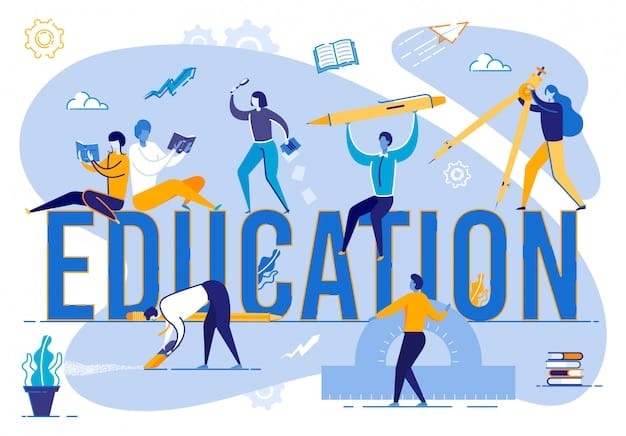
When students with diverse cultures and backgrounds are allowed to work in pairs, they tackle challenges using a broader scope of perspectives and thoughts. This diversity results in more innovative, holistic, and efficient solutions - as is the real world of innovation within multi-national teams and across multi-national industries.
What skills do online STEM classes help develop for future innovation?
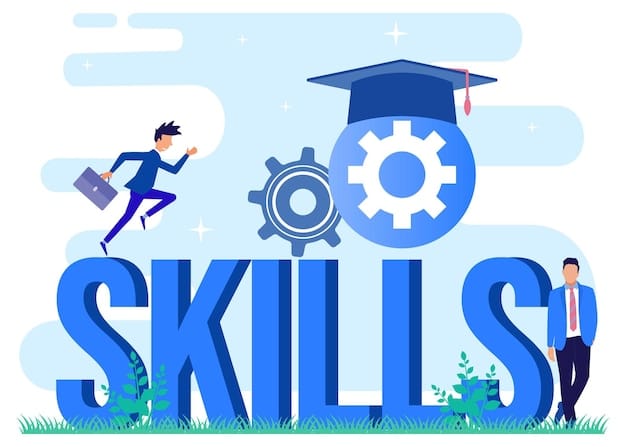
These programs also develop high-order critical 21st century competencies (e.g., problem-solving, logical thinking, creativity, teamwork, and digital skills) in addition to subject knowledge. These skills can be applied to other industries, and thus, students have been equipped well to face a future that is dominated by technology and innovation.
Are online STEM classes suitable for all age groups?

Yes. It has programs mapped out to all learning levels: beginning schoolers learning basic experimentation, and high school and college students approaching complex work in robotics and AI. All courses are age-appropriate, challenging, and inspirational at the same time.
How can parents support their child’s science and tech learning at home?

The second strategy, one can employ to promote parental encouragement, working on a positive learning environment, provides parents with the means of accessing required tools and resources, promoting practical projects, and discussing what their child has learned. Such engagement helps to reinforce the ideas, gain confidence, and indicate to the children that their paths to STEM are supported and appreciated.

